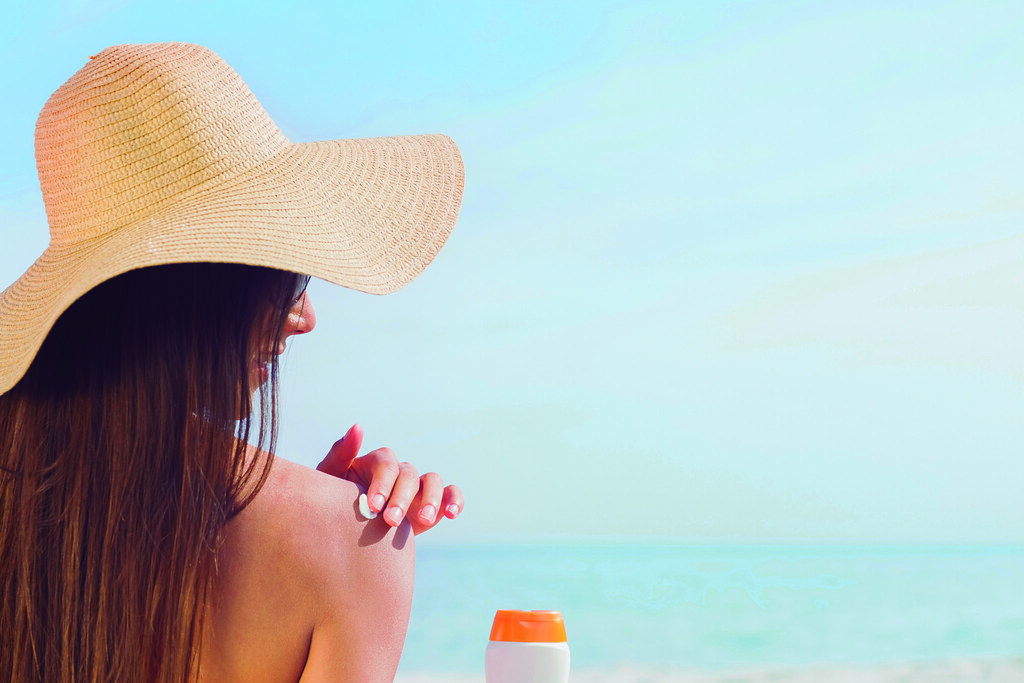
5 Reasons to Apply Sunscreen (Plus a Few Favorites)
We might remember having to apply sunscreen to avoid that dreaded lobster-esque look from a full day at the beach. This usually meant the next couple of days were filled with pain, peeling, and regret. Yeah, not fun. In the moment, we might think to ourselves, “I really should’ve applied sunscreen,” but by then, you’ve actually caused considerable damage to your skin. According to Neil Box, PhD, president of the Colorado Melanoma Foundation, a single blistering burn can lead to a 50 percent higher likelihood of developing melanoma, aka skin cancer, as an adult. That likelihood increases to 80 percent with five blistering burns.
The prevention of skin cancer is only one of many reasons to lather up the sunscreen, especially with hot girl summer right around the corner! Without further adieu, here are 5 reasons to apply your daily SPF—well, daily.
Disclosure: This post contains affiliate links for some of the brands shown below. This means that if you decide to click on a link and sign-up or purchase a product, I will receive a small commission at no extra cost to you. All opinions remain my own. THANK YOU! For more information, please visit my Privacy Policy page.
1. Wrinkles. Wrinkles. Wrinkles.
I don’t know about you, but once I found out that the sun’s damaging UV rays can lead to premature aging, known as photoaging, I went out and bought multiple bottles of sunscreen the next day. Yeah, I guess you could say I have a very, VERY big fear of aging and I have realized that I will try to prolong it as best as I can at all costs.
The sun takes a toll on our skin whether we fall victim to a burn or not. In fact, the sun emits ultraviolet light, which can cause DNA changes within our cells. Photodamage happens deep in our skin, within the dermis. This means that the damage will not be apparent immediately. In all reality, it can take years before sun damage begins to show in the form of increased wrinkles in our skin, but by this point, it will be much too late to fully reverse its effects.
Kathleen Suozzi, MD and director of the aesthetics at Yale Medicine Dermatology sees many patients who deal with sun damage who, “feel like their skin aged them, that they appear older than some of their peers, and they’re regretful of not being better with sun protection in their youth.” Trust me, if you haven’t started applying sunscreen daily, this is your sign to start.
2. Hyperpigmentation. AKA, Dark Spots.
Some of you might have heard of hyperpigmentation in relation to acne. When an acne mark heals, it sometimes leaves behind post-acne hyperpigmentation in the form of dark marks that may be exacerbated by sun exposure. Although post-acne dark spots are a common form of hyperpigmentation, they are not the only cause.
Hyperpigmentation is a broad word that refers to a variety of conditions in which one patch of skin appears considerably darker than the surrounding skin in the same place. This umbrella word encompasses a variety of more specific skin conditions, including liver spots, freckles, and melasma. While these forms of hyperpigmentation may stem from other causes such as hormones and medication, the main culprit of hyperpigmentation is always sun exposure.
To prevent any of these conditions from forming or from getting worse, remember to lather up that sunscreen with an SPF of 30 or higher. Preferably, one shot glass worth for your body and two finger’s lengths worth for your face and you should be golden—but not burnt, of course.
3. You’re Fair-Skinned
While every skin tone is beautiful, certain skin tones have a higher likelihood of developing skin cancer. In particular, those with fair skin are more prone to the damaging effects of the sun’s rays. The reason skin cancer is more prevalent in populations with fair skin is due to the protective pigment called melanin. Deeper skin tones with more melanin can filter at least twice as much UV rays. Those with lighter skin tones have less melanin in their skin, therefore, less natural protection from the sun.
Now, if your skin contains more of that beautiful brown melanin, you’re not completely off the hook. While your melanin does naturally give you that much more protection from the sun, there is still a chance of developing skin cancer. Squamous cell carcinoma, in particular, comprises 30-60% of skin cancers in people with deeper skin tones as opposed to only 15-20% of skin cancers of those with fair skin. Basal cell carcinoma, on the other hand, is more common amongst fair-skinned individuals, making up 65-75% of skin cancers within this group.
In the end, whether you’re a fair-skinned or deeper-skinned beauty, sun protection is important either way!
4. Inflammation: Rosacea, Psoriasis, and Eczema
Inflammation of the skin can be seen in the forms of rosacea, psoriasis, and eczema. When our skin is exposed to harmful UV rays for long periods of time, these rays can worsen already existing skin conditions. A high dose of sun exposure can also lead to sun burns, which can seriously aggravate inflammatory skin conditions and cause moderate to severe flare-ups.
Rosacea, affecting more than 16 million Americans, is an inflammatory skin condition that leaves those that have it especially vulnerable to the effects of too much sun. For rosacea-prone skin, just a few minutes of unprotected sun exposure may lead to uncontrollable flushing and redness in the skin.
Not all hope is lost, though. Those with rosacea can still enjoy the summer fun without worrying about a flare-up by remembering to use—you guessed it—sunscreen.
5. Staying Home is Your Preferred Pastime
Now, I know what some of you are thinking, “Why is this even a reason to apply sunscreen?” Well, what some people don’t know is that if your home has any windows whatsoever, then you need to apply some daily SPF regardless if all you’re doing is sitting inside, chilling with your cats, and avoiding the gloomy weather (guilty).
While the glass that protects your home from the forces of the outdoors also protects your skin, it does not completely filter out all UV rays. There are two types of UV rays: UVA and UVB. Each of these rays affect your skin in different ways. UVA rays are commonly linked to skin cell degeneration and are the cause of wrinkles, sunspots, and other sun damage symptoms. UVB rays, on the other hand, are more powerful and can destroy DNA in skin cells directly. Sunburns are caused by UVB rays, which are also linked to a majority of more severe sun-related skin disorders.
So, even if you’re staying inside and treating yourself to a well-deserved day of relaxation, apply some SPF and don’t let the sun put a damper on your skin.
Sunscreen Tips and Types
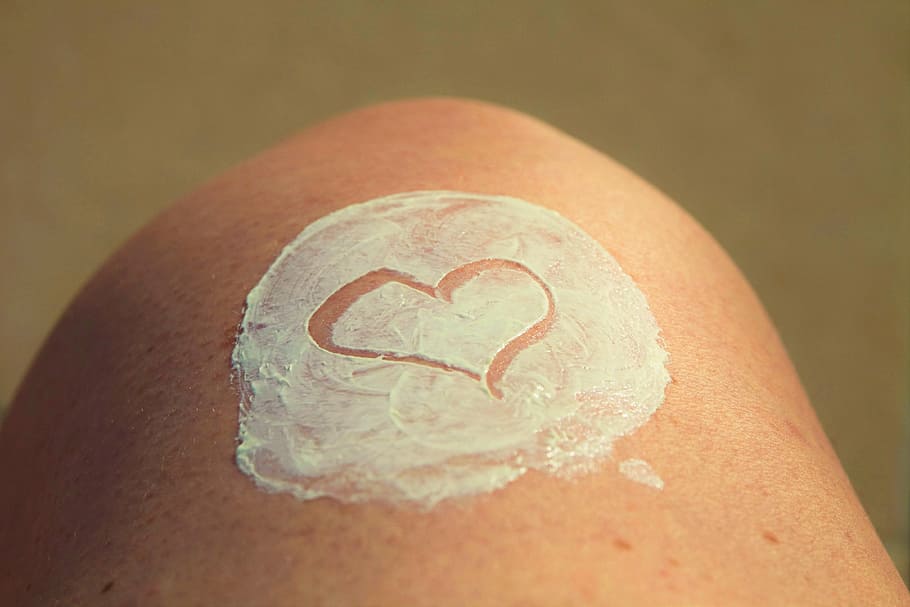
When looking for sunscreens make to keep in mind these key details:
- SPF 30+
- Broad Spectrum
- Water Resistant (important if you’re planning to sweat or swim)
- Opt for mineral sunscreens when swimming in the ocean to protect reefs!
The Two Types of Sunscreens:
Mineral/Physical: Mineral sunscreens usually have the main ingredients zinc oxide or titanium dioxide. These sunscreens work by forming a protective barrier over your skin. That barrier of sunscreen reflects the sun’s harmful rays and, in turn, keeps you safe and protected. Mineral sunscreens are usually better tolerated by those with very sensitive skin. Those with acne-prone skin may also benefit from zinc, a common ingredient in mineral sunscreens, thanks to its anti-inflammatory properties.
Chemical: Chemical sunscreens most often contain one or more of the following active ingredients in varying percentages: oxybenzone, avobenzone, octisalate, octocrylene, homosalate, or octinoxate. Chemical ingredients work by—no pun intended—causing a chemical reaction to happen. This reaction transforms the UV rays into heat, which is then released from your skin. Though there are chemical options for more sensitive skin, the chemical base may cause reactions such as burning or stinging for those with highly sensitive skin.
Now that you have a little more information on what to look for in a sunscreen as well as the two different types, below are a few of my personal favorites. They’re also all cruelty-free, of course!
My Personal Sunscreen Favs
Supergoop Unseen Sunscreen

The Supergoop Unseen Sunscreen is one of my favorites thanks to it’s gel-like consistency. If you don’t like the feel of sunblock, then this one is definitely for you! Keep in mind that it is a chemical sunscreen, but their CC Screen are great mineral options! They also have a lot of sunscreen options for your body as well like the Play Everyday Sunscreen for daily use and Glow Oil for a beautiful, but protected, summer glow.
Tatcha Pore Perfecting SPF 35
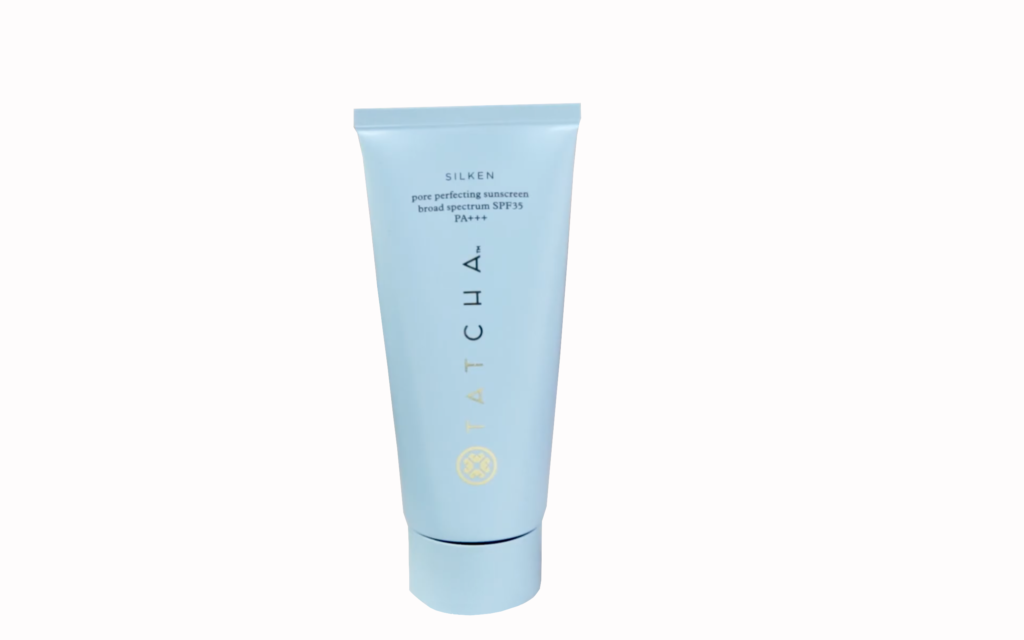
If I’m wearing makeup and want a blurring base, the Tatcha Pore Perfecting SPF 35 is my go for a smooth base. I know it’s pricey, but it is so worth it (I use it sparingly on makeup days to make it last longer). For everyday usage, the Tatcha The Silk Sunscreen SPF 50 has a thin consistency mineral formula that contains hyaluronic acid for skin plumping and niacinamide for brightening. I’ve been using these ingredients on their own and they have helped lighten up the dark spots left behind from maskne (thanks, COVID), so I’m always happy when they’re incorporated into other products like moisturizers and sunscreens. Tatcha The Silk Sunscreen SPF 50 also contains great skin-soothing ingredients like green tea and algae extracts, which are full of antioxidants that help protect the skin from UV rays and skin pollution. I have combination to oily skin and this sunscreen did not break me out and left behind a beautiful glow (without making me look like a glazed donut).
Juice Beauty Stem Cellular CC Cream
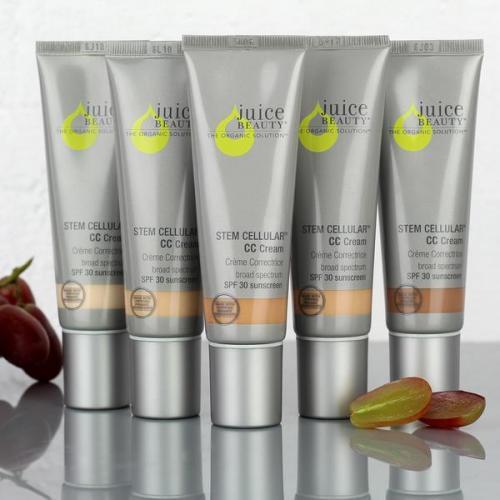
If you’re looking for an amazing and lightweight skin tint for summer, look no further than Juice Beauty’s Stem cellular CC cream. Not only does it use a mineral SPF 30 in a lightweight tint form, but it also contains amazing skincare ingredients like organic aloe vera, vitamin E, and vitamin C. I genuinely love so many of Juice Beauty’s products because the products are all cruelty-free and vegan (with the exception of their Lip Moisturizer, which contains sustainably sourced beeswax)! Last but not least, another great option from Juice Beauty is their SPF 30 Tinted Mineral Moisturizer. The only caveat to this one is the poor shade range.
Zitsticka Megashade
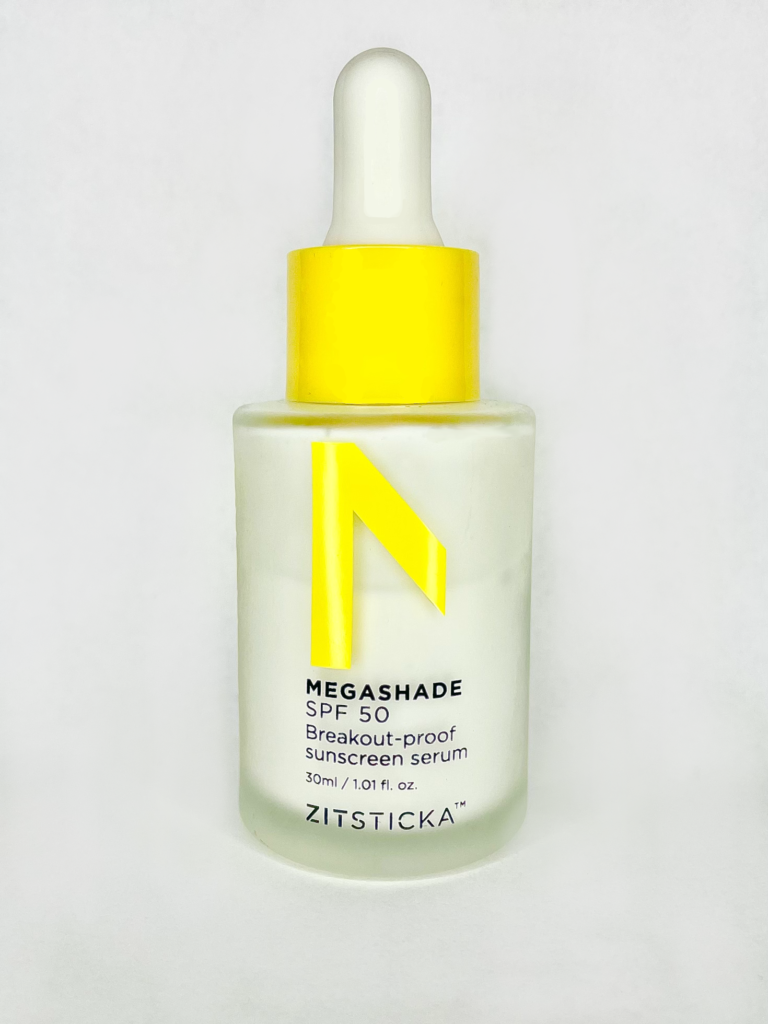
I’ve currently been alternating between the Zitsticka Megashade sunscreen and Tatcha The Silk Sunscreen on days where I’m just home and have no plans of wearing makeup (which has been pretty much every weekday these days). Its formulation is a mix between chemical and mineral, but a higher percentage of the sun protection is coming from chemical sources. What’s great about this sunscreen is that it’s made for acne-prone skin by a brand that specializes in acne-prone skin. It contains calming ingredients like green tea extract and oatmeal, which is great for sensitive skin. I will say, it does leave behind quite the dewy finish, so if you prefer a more matte finish, this one may not be for you.


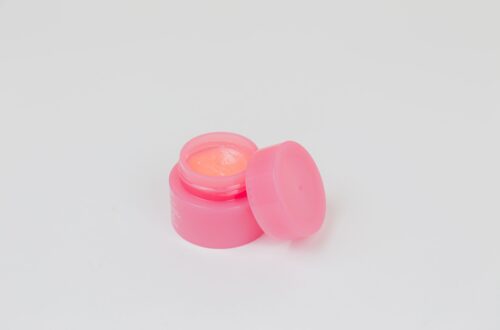
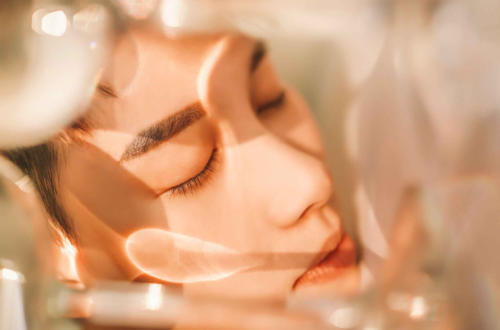

3 Comments
zoritoler imol
There is noticeably a lot to know about this. I suppose you made certain good points in features also.
Lindsey Mcclurg
This is the right site for everyone who wishes to find out about this topic. You know a whole lot its almost tough to argue with you (not that I actually will need to…HaHa). You certainly put a brand new spin on a subject that has been discussed for a long time. Wonderful stuff, just wonderful!
Fernanda Pérez Gutiérrez
Haha thank you, Lindsey! Glad to see that you enjoyed the article!